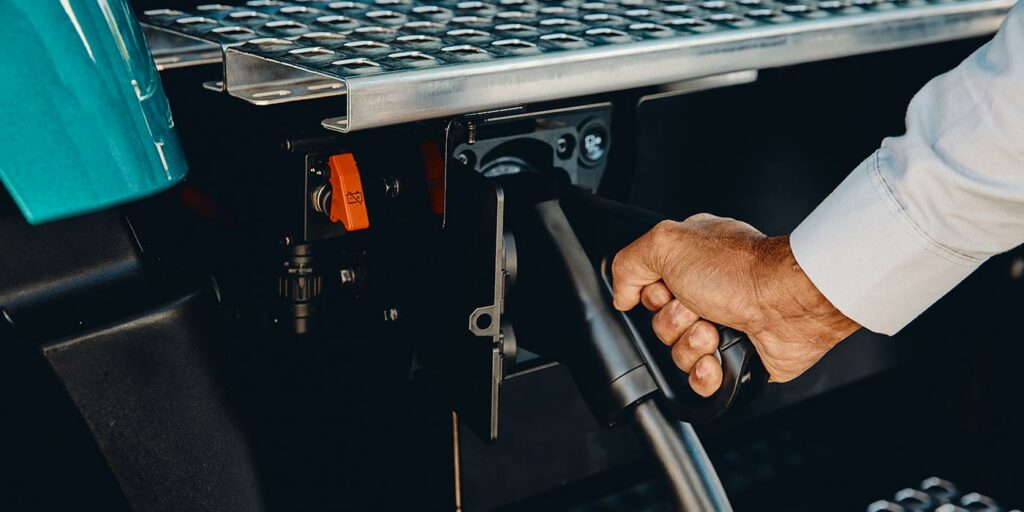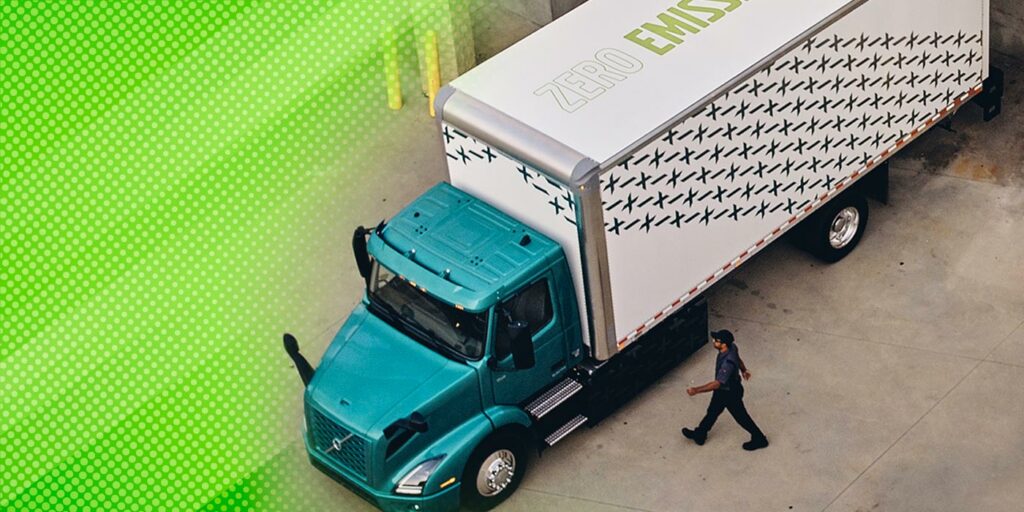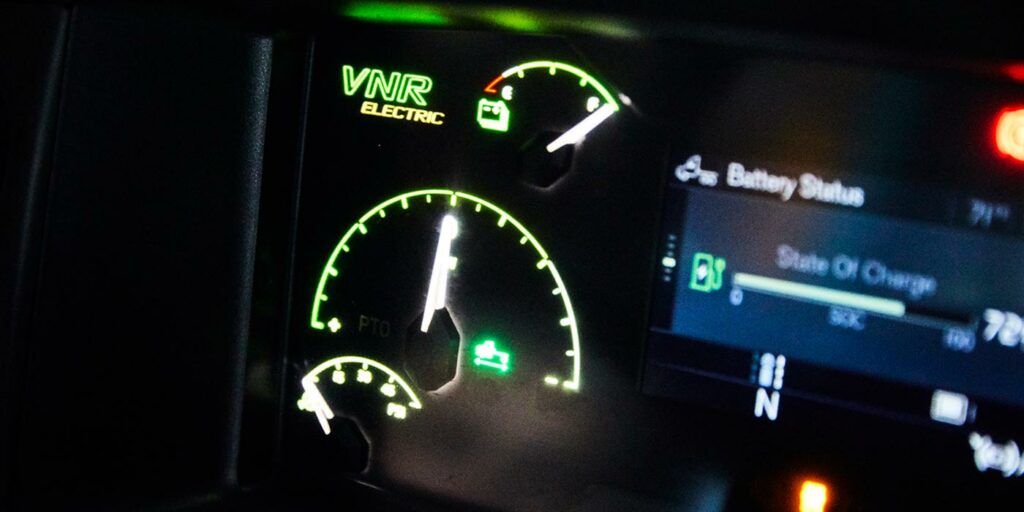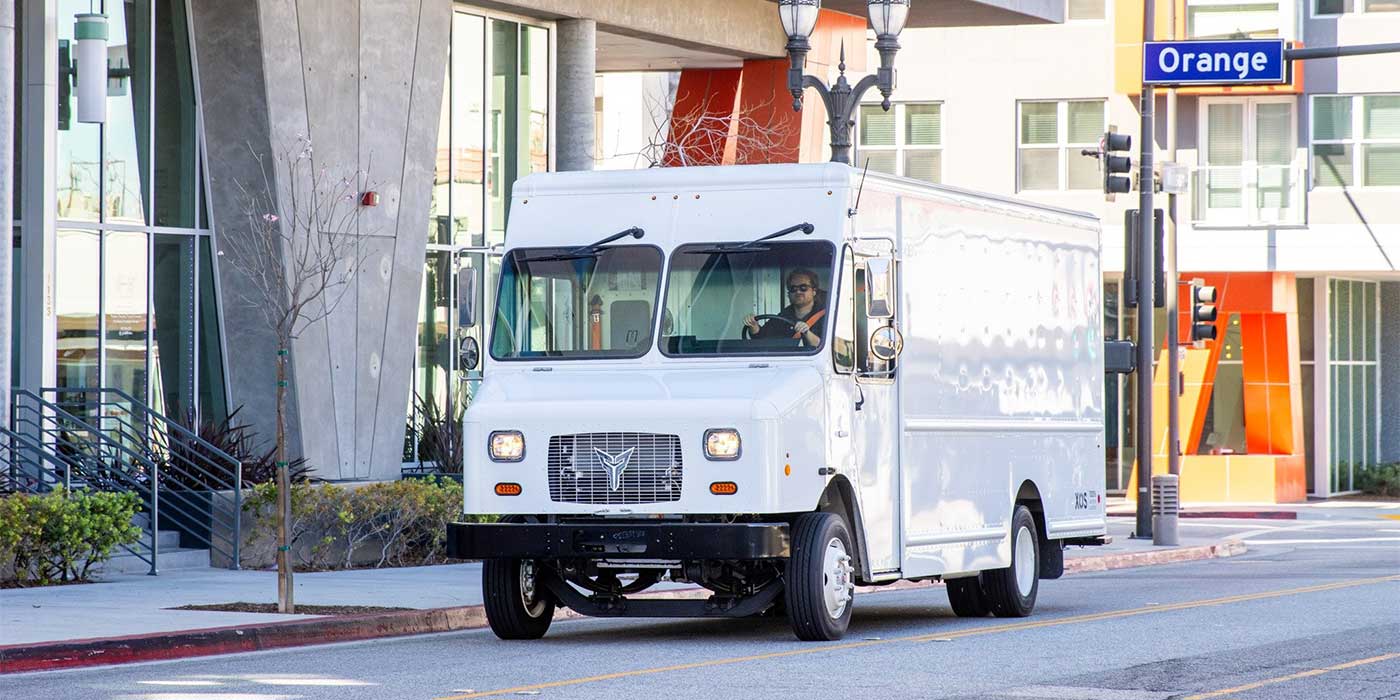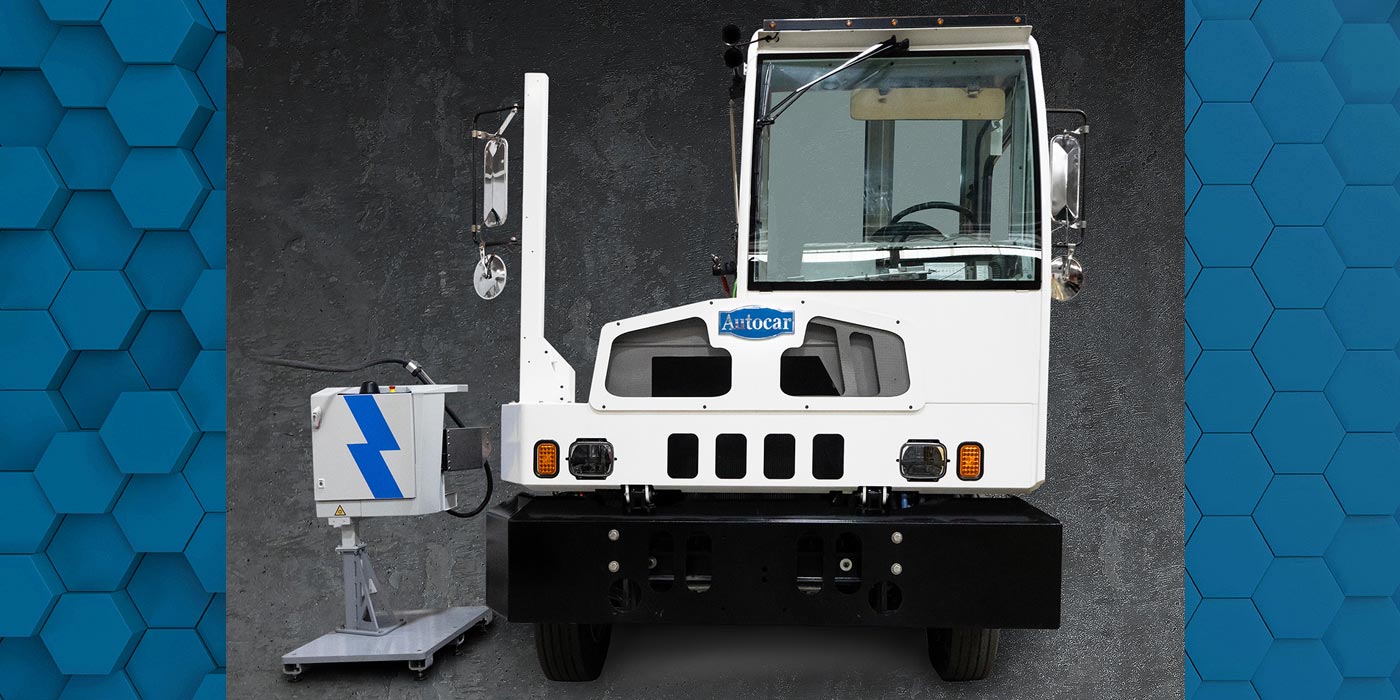Transitioning all or part of your fleet to battery electric trucks can seem intimidating, because the process affects not only the trucks themselves, but also the bigger business picture. Dwell time, PMs, fuel costs, even your fleet’s physical site – it’s all going to change. You might be confident that your choice of electric trucks is sound, but what about your charging infrastructure?
Thankfully, developing the perfect electric truck solution for your fleet doesn’t have to be done alone. The key is leaning on the right people who are prepared to help you determine the right answers to the important electrification questions.
Fleet Equipment recently sat down with Brett Pope, director of electric vehicles at Volvo Trucks North America, to pepper him with questions about what it takes to choose the right partner to support your electromobility needs.
FE: How can a fleet determine what charging station level is the best match for its BEV fleet?
Pope: Fleets should spend some time developing a plan for battery-electric vehicles (BEVs). This should take into consideration the number of trucks, site layouts, dwell time (time for charging) and future expansion capabilities. Once that’s decided upon, say for example a three-year plan, they can talk to their OEM to identify the energy needs for the vehicle(s). This should consider all energy needs for vehicle performance and auxiliary power needs (body requirements, liftgates, etc.). With this a charging plan can be developed to consider dwell time, number of trucks and future proofing.
We have extensive experience through the Volvo LIGHTS project and are happy to assist customers in their electromobility journey.
FE: How can a commercial fleet determine its choices when it comes to charging station manufacturing/installation?
Pope: To assist with our customers’ electromobility journeys, Volvo Trucks can provide guidance, recommendations and complete turnkey solutions from financing to service and support after the sale. There are various choices for charging equipment, but it is important to match customer needs to capabilities. As each site will be different for installation, each customer may have different needs. OEMs should have an approved list of supplier hardware that has been verified to work with their products.
FE: What is the typical timeline for a fleet to install charging stations on-site?
Pope: The typical timeline depends on the size and number of the chargers. Portable chargers can be operational in three to four months if the facility has the power to support that. For fixed chargers, it can take up to four to six months to get a charger delivered and installed if there is enough additional power at the fleet’s facility. If there is no spare power or the facility has higher power requirements, utility work will be needed, which can take up to 12 months. It is important to start discussions early to understand what is needed at a particular site, as lead times for infrastructure can exceed vehicle delivery times.
FE: What is the best way to determine what a fleet will have to pay in electricity via its charging stations?
Pope: This is a complex subject and there are many aspects to calculating these costs such as electricity rates (kWh) and demand charges. Volvo Trucks as an OEM can help, along with our partners, to develop a detailed estimate for our customers and support them through this process. Electricity costs will be different for each site depending on things such as line charges, time of day usage and site energy usage. In order to minimize electricity rates, it may be worth utilizing software that can perform load management and scheduling to determine the best time to charge the vehicles.
FE: What are some basic charging station maintenance needs fleets should be aware of?
Pope: Fleets should plan for routine maintenance of charging stations. This will include inspections and maintenance of the cables. Networked stations typically have more electronic components like Radio Frequency Identification (RFID) and chip readers and require software updates and manual resets in addition to simple troubleshooting over time. It is a good practice to clean the touchscreen display regularly and remove snow or other debris from the charger dispenser when necessary. Customers should have charger suppliers talk to their fleet technicians to go over the basic recommended maintenance.
With our Volvo VNR Electric model, Volvo Trucks offers an end-to-end solution for our customers, from financing to service and support after the sale and can work with charging suppliers to deliver a seamless and smooth experience for our customers.

